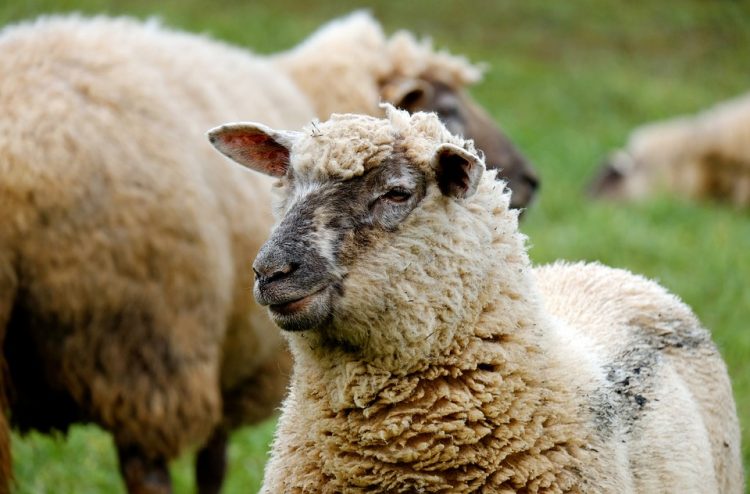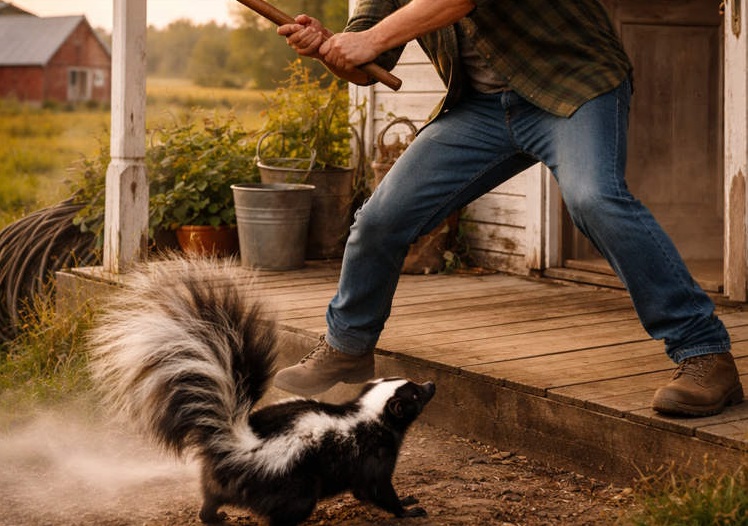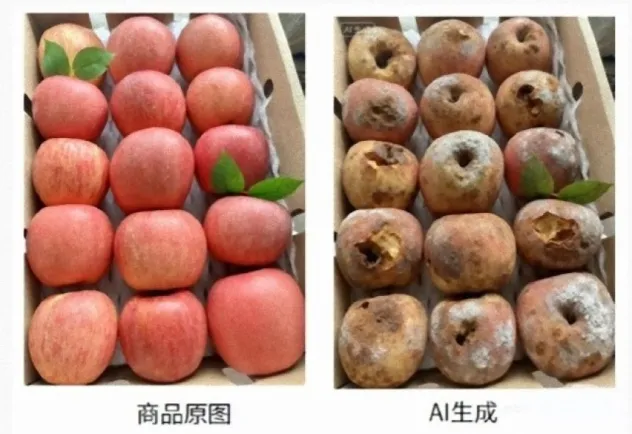Did you know there was a way to simply pull off the wool of sheep as you would a sweater, thus making classic shearing obsolete? It’s actually been around for decades, but for some reason, it never caught on.
When BioClip was first introduced in the early 1990s, it was supposed to completely replace sheep shearing in a matter of years. To be honest, it was a truly revolutionary product that relied on an effective biological agent to harvest sheep wool in a totally different way. A singly injection of BioClip caused a temporary break in the wool
follicle fiber synthesis process, essentially detaching the wool coat from the animal, and allowing owners to remove it as they would a piece of clothing. Videos of the process have been doing the rounds online for years, and they just never get old.
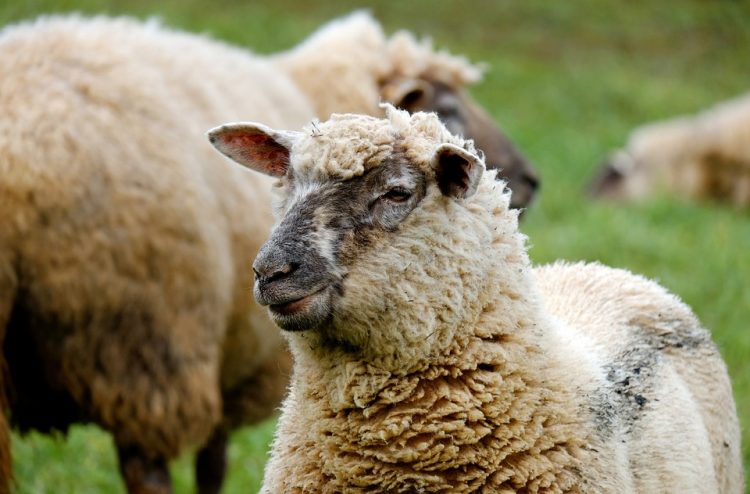
Photo: Couleur/Pixabay
Developed by Commonwealth Scientific and Industrial Research Organization (CSIRO) scientists in Australia, BioClip is an epidermal growth factor (EGF) injection that causes the fleece to shed naturally. The beauty of this biological shearing method is that after 16 hours, the biological agent is metabolized by the body into its substructure of amino acids and excreted in urine after further breakdown.
New wool starts to grow jut days after the BioClip injection, so as long as the shed wool coat is harvested around 4 weeks after the injection, the animal should already have a thick enough new coat to protect it from sunburn or hypothermia.
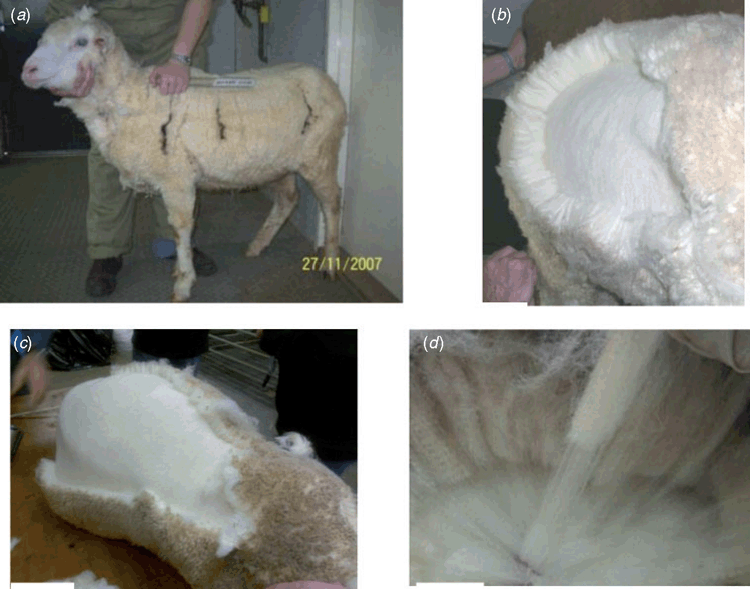
In its heyday, BioClip was marketed as having multiple advantages over traditional sheep shearing, from superior fleece quality and wool presentation, too a lower overall cost, reduced occupational stress and injury hazards, and reduced sheep stress, injury and disease transfer. Only apparently that just wasn’t enough.
By 2017, Anagen Pty Ltd, the company behind BioClip, had been put into administration owing creditors more than $3 million, and facing liquidation. And, according to SheepCentral, sales of the wool harvesting process had been suspended since 2013 “due to insufficient support for the product in the sheep industry”.
So how did BioClip go from replacing sheep shearing to being almost completely ignored? Well, the answer may be more complicated than is apparent, but according to most sources, it had to due with cost. A 2015 reports showed that the cost of a BioClip shot combined with the net necessary to keep the wool in place until harvesting was around $6.50, with labor costs bumping up the cost to over $10. At the same time, classic shearing costs per sheep were around $7.50 per animal.
I don’t even know if BioClip is still around today, it’s certainly not as popular as everyone thought it would be, that’s for sure, which is kind of a shame, because it was a pretty awesome invention.

